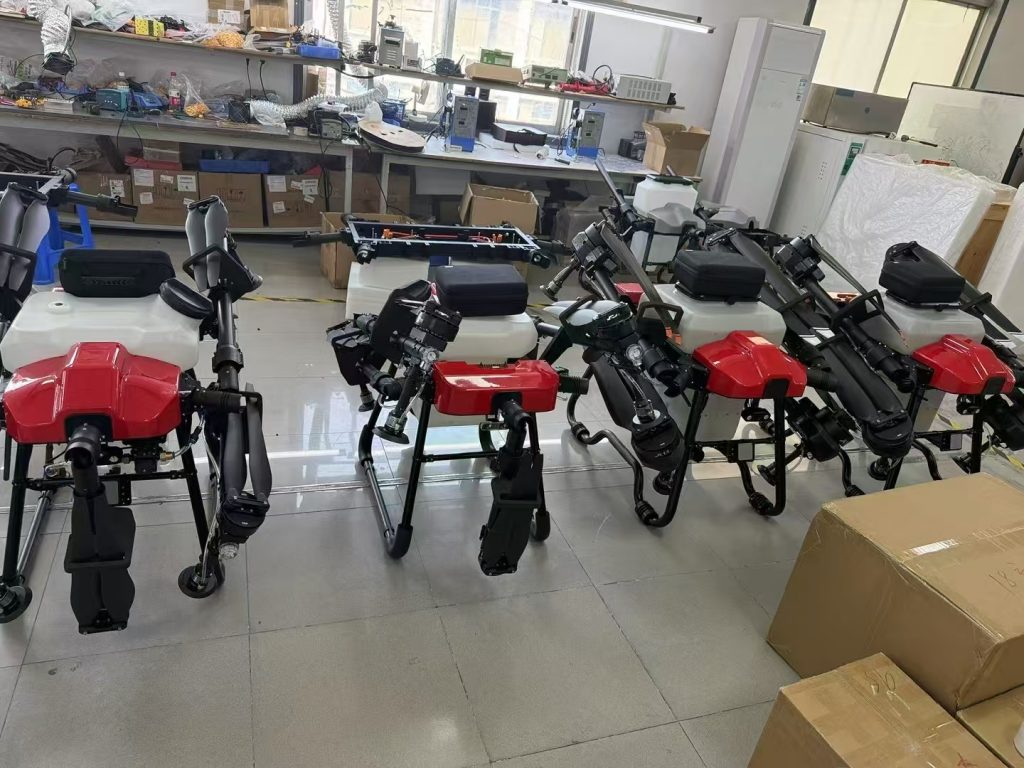
Iran, a nation where agriculture employs 18% of its workforce and contributes 12% to GDP, stands as a bridge between the Middle East’s arid landscapes and ancient farming traditions. From the wheat fields of Azerbaijan to the pistachio groves of Kerman and the rice paddies of Mazandaran, Iranian agriculture is a cornerstone of food security and cultural heritage. Yet, this vital sector grapples with escalating challenges: shrinking water resources (freshwater accounts for just 0.3% of Iran’s land area), climate volatility (scorching summers up to 50°C and winter frosts in highlands), and labor shortages as urbanization draws youth away from rural areas. To sustain growth and meet rising domestic demand, Iran is turning to smart farming—and agricultural drones, sourced from China’s specialized manufacturers, offer a tailored, resilient solution to cultivate efficiency, sustainability, and resilience.
Iran’s Agricultural Imperative: Why Drones Matter Now
Iran’s farming landscape, marked by diverse agro-ecosystems—from arid central deserts to mountainous northern valleys—faces three critical hurdles:
-
Water scarcity: Agriculture consumes 90% of Iran’s freshwater, yet inefficient irrigation wastes up to 40% through evaporation or overuse. Crops like wheat and barley in Khorasan face frequent droughts, while pistachio orchards in Kerman struggle with erratic rainfall.
-
Labor gaps: An aging farmer population (average age: 57) and rural-to-urban migration leave critical tasks like pesticide spraying or seedling distribution understaffed—especially during peak harvests for saffron or citrus.
-
Terrain complexity: Fragmented plots across mountainous regions (e.g., Zagros Mountains) and vast desert farms demand equipment that navigates uneven, rocky, or sandy terrain without compromising precision.
Iran’s “National Agricultural Development Plan 2021–2030” prioritizes tech adoption to boost yields by 30% and cut water use by 25%. Agricultural drones, with their ability to automate, precision-target, and operate in extreme conditions, align perfectly with this vision.
Chinese Agricultural Drones: Engineered for Iran’s Unique Challenges
China’s leadership in drone technology—forged through decades of aerospace R&D, arid-climate adaptation, and agritech innovation—makes its manufacturers uniquely equipped to serve Iran. Here’s how Chinese drones are tailored to local needs:
1. Durability for Extreme Climates and Terrain
Iran’s harsh conditions—scorching summers, winter frosts, and frequent sandstorms—demand rugged equipment. Chinese factories design drones with:
-
Heat and cold resilience: Advanced cooling systems and thermal insulation ensure operation in -20°C (winter in Tabriz) to 55°C (summer in Ahvaz). Heated batteries prevent freezing, while heat sinks cool motors during peak summer flights.
-
Sand and dust sealing: IP68-rated motors, sealed sensor housings, and self-cleaning filters withstand Iran’s notorious “120-day winds” (120-day annual sandstorms), ensuring reliability in deserts like Dasht-e Kavir.
-
All-terrain navigation: Multi-rotor drones with terrain-following algorithms and obstacle-avoidance sensors glide over rocky mountain slopes (Zagros) and soft desert sands, avoiding collisions with rocks or crop canopies.
2. Precision Technology for Resource Efficiency
Water and labor scarcity demand tools that maximize output while minimizing waste. Chinese drones deliver:
-
Ultra-low water spraying: Atomized nozzles reduce water use by 60–70% compared to manual methods. For wheat farms in Khorasan, this cuts irrigation needs by 2,000 liters per hectare—critical amid declining groundwater levels.
-
AI-driven crop monitoring: Multispectral cameras analyze leaf health, soil moisture, and pest outbreaks (e.g., locust swarms in Sistan-Baluchestan). In Kerman’s pistachio groves, this enables early intervention, reducing crop losses by 25% and preserving the nation’s top export.
-
RTK GPS accuracy: Centimeter-level positioning ensures uniform coverage in uneven terrain—vital for rice paddies in Mazandaran or vineyards in Shiraz, where inconsistent spraying wastes inputs.
3. Affordability and Local Empowerment
Recognizing Iran’s mix of smallholders and larger agribusinesses, Chinese manufacturers offer flexible solutions:
-
Budget-friendly models: Entry-level drones (under $12,000) fit the budgets of family farms, democratizing access to tech once reserved for larger operations.
-
Enterprise fleets: Cooperatives or agribusinesses (e.g., date exporters in Khuzestan) can deploy swarms managed via cloud software, streamlining operations and cutting training time by 50%.
Beyond Hardware: A Partnership for Long-Term Success
Sourcing from China is about more than technology—it’s about building local capacity. Leading manufacturers provide:
-
Localized training: On-farm workshops teach pilots to operate drones, interpret multispectral data, and perform desert/mountain-specific maintenance (e.g., cleaning sand from sensors). In partnerships with Iran’s Ministry of Agriculture Jihad, this has reduced downtime by 45% and accelerated adoption among rural communities.
-
Rapid support: Regional partners in Tehran, Isfahan, and Mashhad stock spare parts, ensuring replacements arrive within 48 hours—critical during planting or harvest seasons when delays risk crop failure.
-
Cultural alignment: User interfaces are simplified in Farsi, and training materials include local crop examples (wheat, pistachios, saffron), ensuring ease of adoption.
Mutual Wins: Strengthening Iran’s Food Future
For Iran, adopting Chinese agricultural drones unlocks:
-
Economic resilience: Reduced labor costs and higher yields (trials show 18–28% increases) boost smallholder incomes, supporting rural development and reducing urban migration.
-
Environmental stewardship: Precision resource use lowers chemical runoff into rivers like the Karun, protecting water quality and aligning with Iran’s “National Biodiversity Strategy.”
-
Climate adaptation: Faster response to weather-induced stress (e.g., post-drought crop recovery) helps farmers mitigate losses, securing food supplies for Iran’s 85 million people.
For Chinese manufacturers, Iran offers a testing ground to refine drones for arid, high-altitude, and desert environments—innovations that will benefit farmers in the Middle East and beyond.
Soaring Together: Iran’s Agricultural Next Chapter
Iran’s agricultural story is one of resilience and potential. By sourcing drones from China’s specialized factories, the nation gains more than tools—it gains partners committed to rebuilding. These drones are not just machines; they are enablers of progress, helping farmers work smarter, conserve precious resources, and reclaim their legacy as stewards of a fertile land.
As Iran strides toward a future of innovation and food security, Chinese agricultural drones are ready to take flight—turning sandstorms into opportunities, and tradition into transformation.
Let’s cultivate Iran’s tomorrow, one precise mission at a time.
THE END

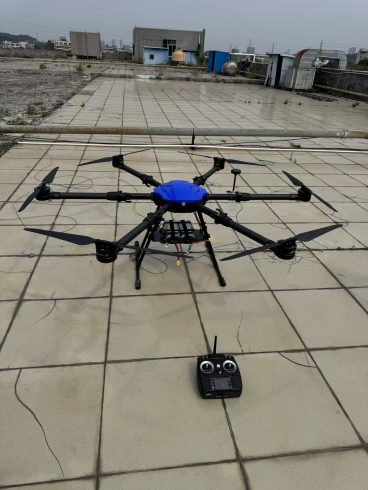
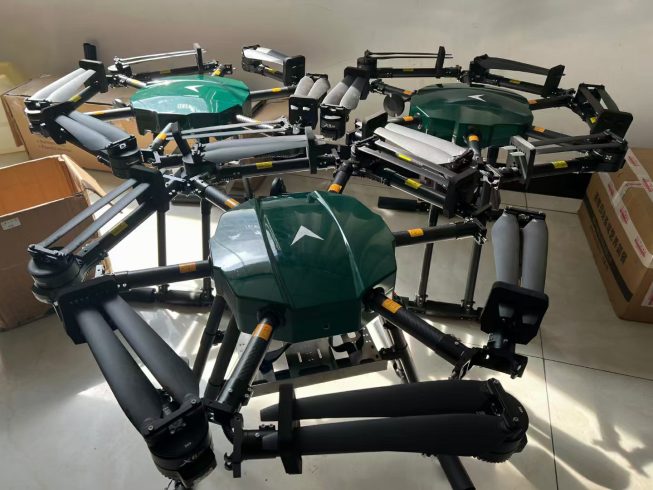
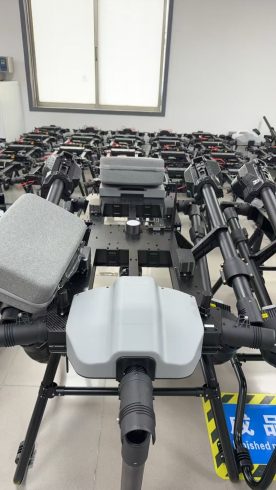

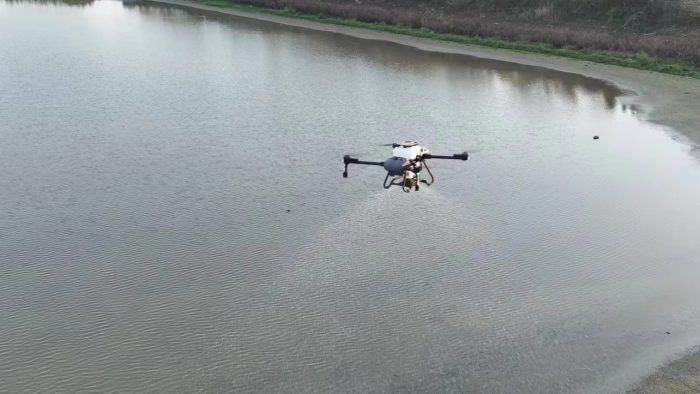

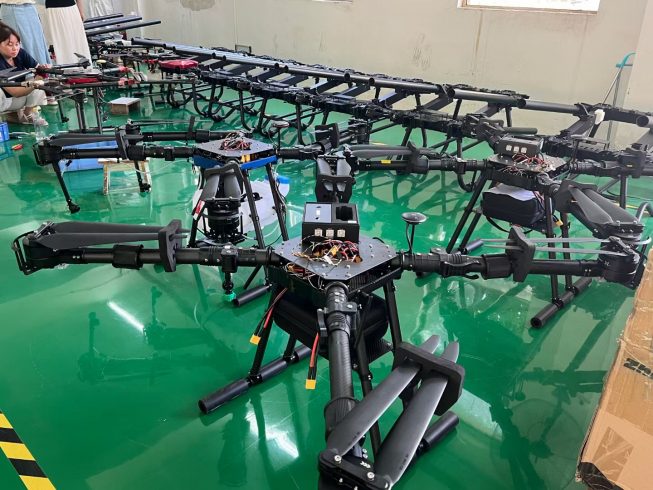


暂无评论内容